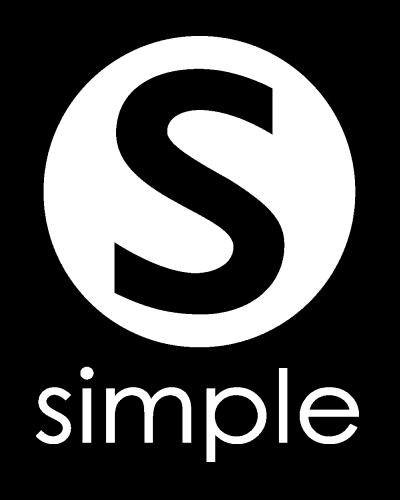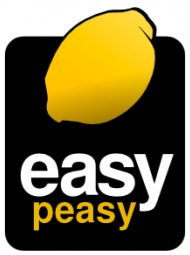Phrases Made Easy: “Advanced Premium Tax Credits” (APTCs)
Welcome back to another edition of “Phrases Made Easy.” This series at our blog aims to help make all of those long, drawn-out insurance phrases easier to understand. One thing we notice when talking about health insurance (and health benefits in general) is that the concepts can be “wordy” and boring. We emphasize fixing that here.
Today we’re going to talk about “Advanced Premium Tax Credits” (or APTCs). And we’ve got great news for you: this one is really easy.
If you’ve enrolled in a health insurance plan at the new health insurance exchanges, there’s a pretty good chance that you’ve already put “Advanced Premium Tax Credits” to work. We’re going to give you the long version of the definition first. This one comes directly from www.healthcare.gov (*note: skip below the “Easy St” sign if you want to make this easier):
The Affordable Care Act provides a new tax credit to help you afford health coverage purchased through the Marketplace. Advance payments of the tax credit can be used right away to lower your monthly premium costs. If you qualify, you may choose how much advance credit payments to apply to your premiums each month, up to a maximum amount. If the amount of advance credit payments you get for the year is less than the tax credit you’re due, you’ll get the difference as a refundable credit when you file your federal income tax return. If your advance payments for the year are more than the amount of your credit, you must repay the excess advance payments with your tax return. Also called premium tax credit.

OK. That was pretty wordy. Now let’s make this easy. Here’s what you need to know about “Advanced Premium Tax Credits” (or APTCs):
- APTCs are the health insurance “subsidies” that you hear so much about.
- They are credits that make your premiums more affordable if you purchase insurance through the new exchange.
- The APTCs that you may qualify for are based on FPL or “Federal Poverty Level” (we made that phrase easy one time before, go check it out).
- The more money that you make, the less of a monthly APTC you will get.
- The less money that you make, the more of a monthly APTC you will get.
- If you get too much credit for the year (because you under-stated your income), you’ll have to pay it back at tax time.
- And (you guessed it), if you don’t get enough credit for the year (because you over-stated your income), you’ll get a credit at tax time.
The moral of the story: APTCs are really what makes individual health insurance “affordable” in the Affordable Care Act. They’re government tax credits that are designed to make health insurance premiums less expensive.
In certain exchanges (like Covered California), when you shop and compare plans (using their “Shop & Compare Tool“), they will apply the APTCs you may eligible for, and give you your total monthly premium estimate. This estimate is based on four factors:
- Number of People in the Household
- Ages of People in the Household
- Yearly Household Income
- and Zip Code
Once again, if you want to see an example, look at Covered California’s “Shop & Compare Tool.” Once you input the factors listed above, you’ll be able to see what kind of APTC you may qualify for.
Thanks for stopping by, we hope you found our information to be valuable. Check back at our blog to get further information about funding healthcare. Also, please share with your friends, clients, colleagues, and family. Here are a few of our other information outlets:
Home Page: https://policyadvantage.com
Twitter: http://www.twitter.com/PolicyAdvantage
Facebook: http://www.facebook.com/PolicyAdvantage
YouTube: http://www.youtube.com/PolicyAdvantage
Pinterest: http://www.pinterest.com/PolicyAdvantage
Word Press: http://www.policyadvantage.wordpress.com






 The visualization mentioned above is similar to the components that work with a High Deductible Health Plan (HDHP). There are four things that usually work in the system:
The visualization mentioned above is similar to the components that work with a High Deductible Health Plan (HDHP). There are four things that usually work in the system:

